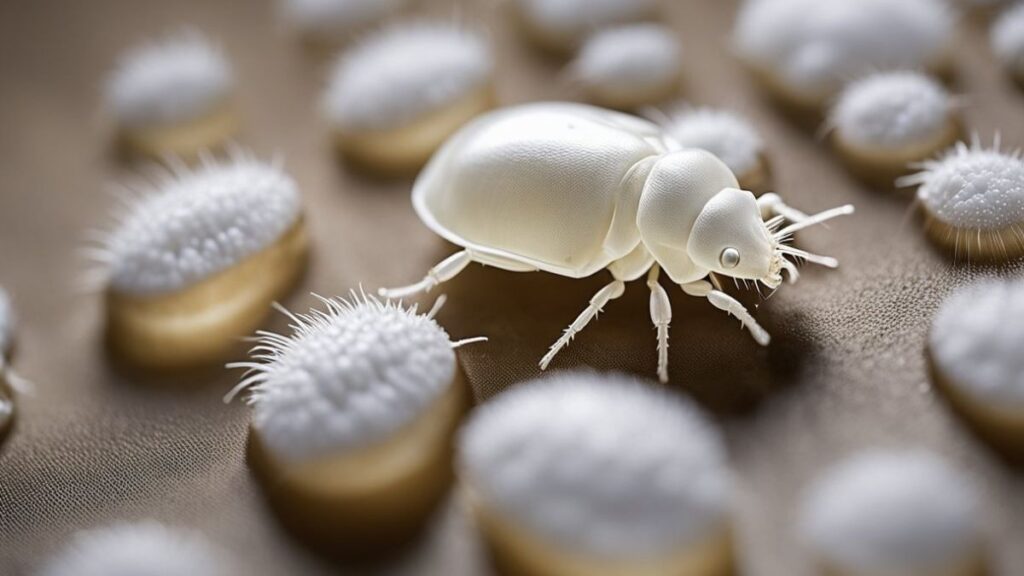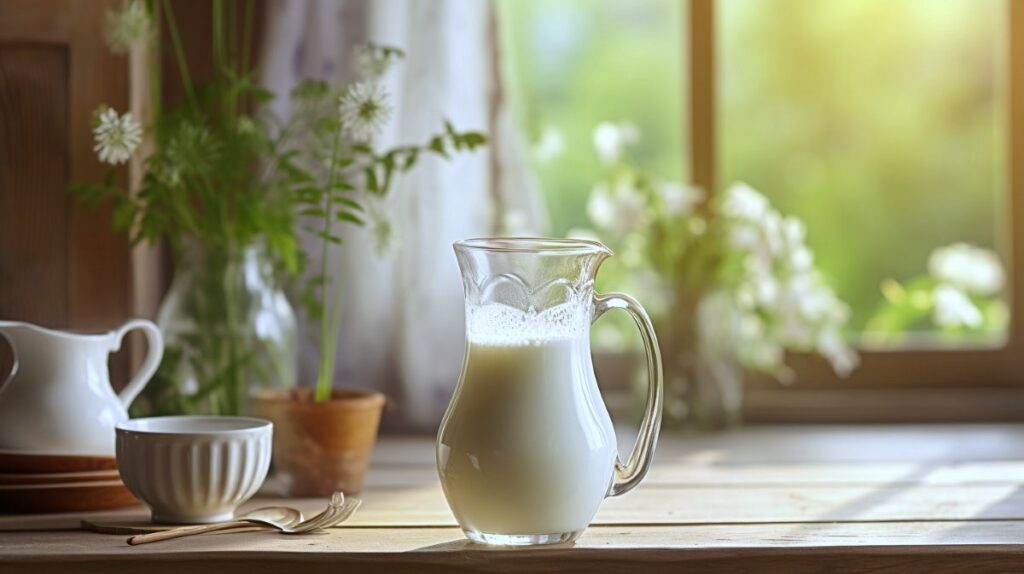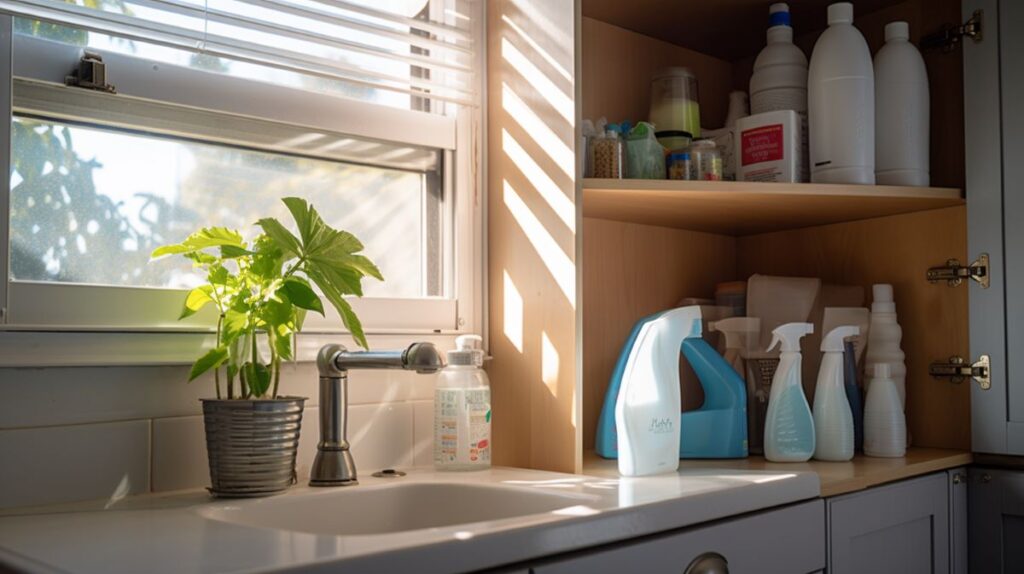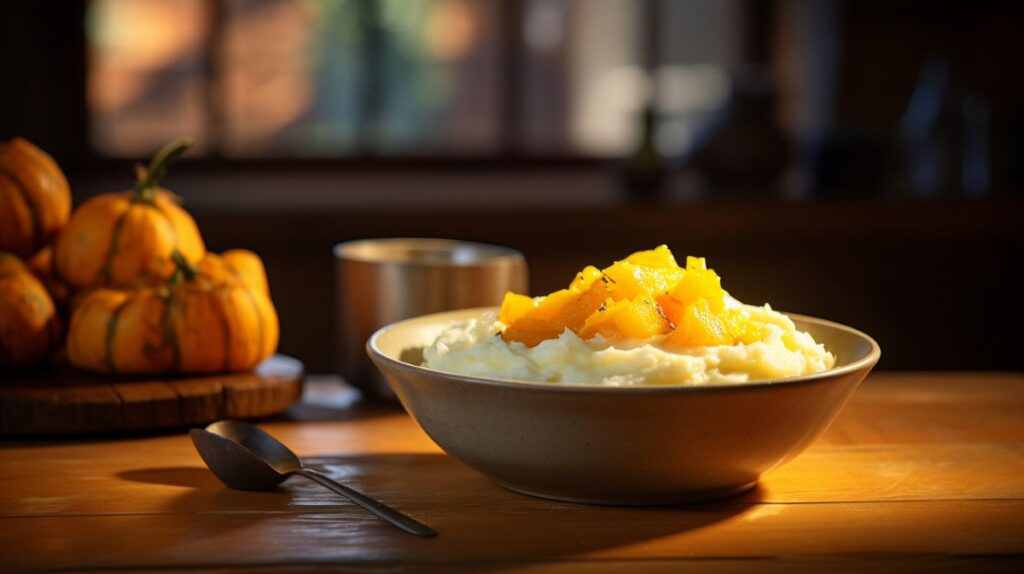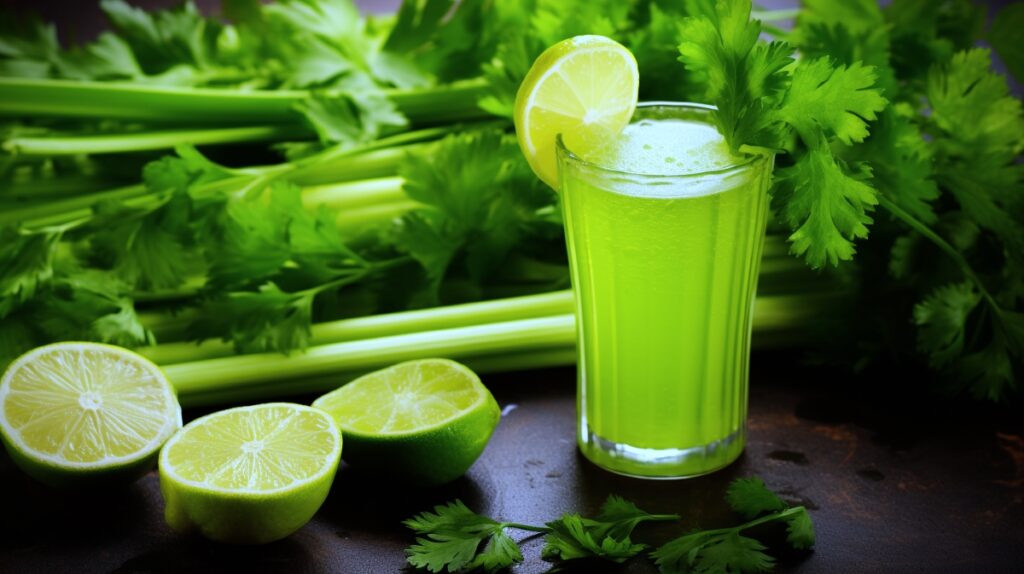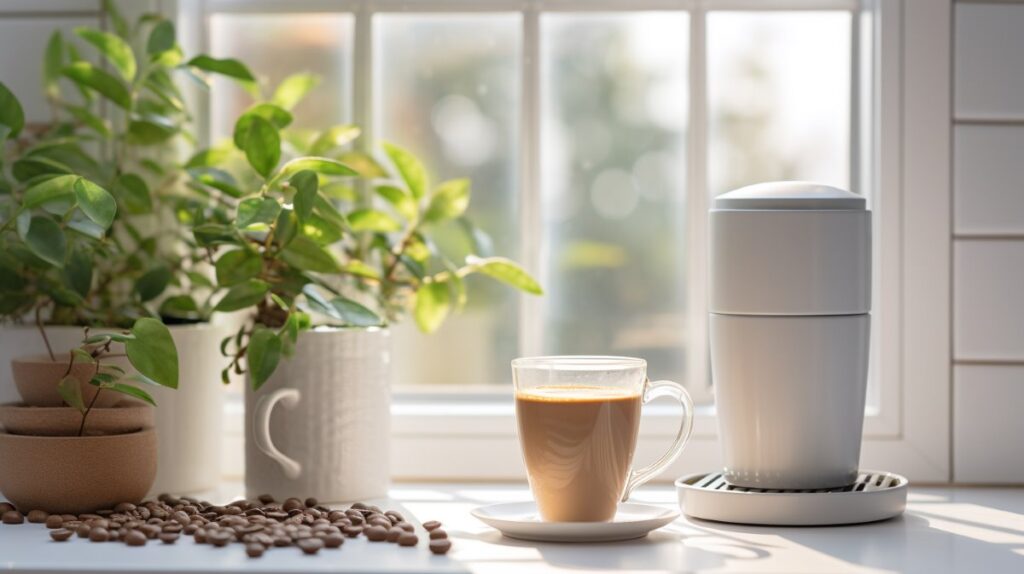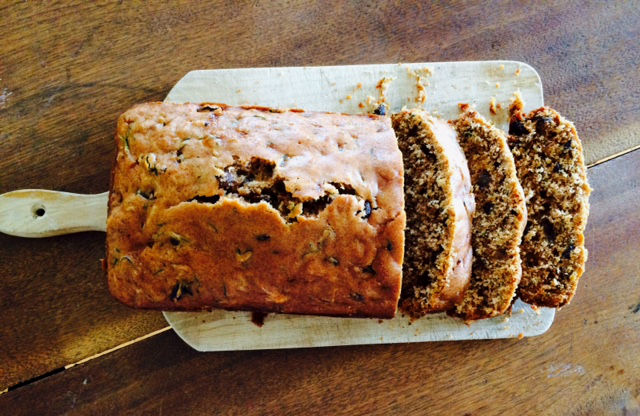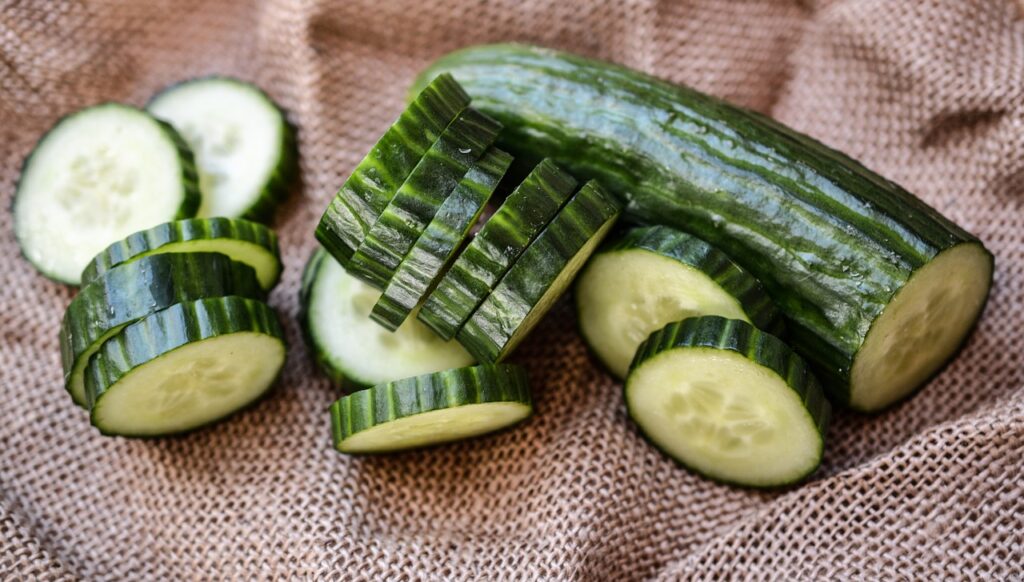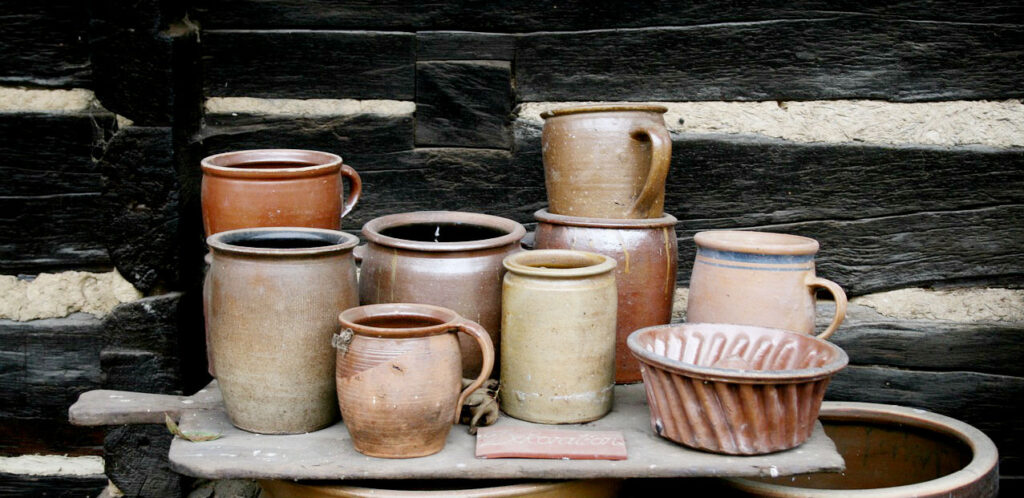How to Get Rid of White Mites in the Kitchen: Top Tips
How to Get Rid of White Mites in the Kitchen: Top Tips White mites can show up fast and make your kitchen feel anything but fresh. They hide in tiny cracks, pantry shelves, and around food storage, so catching them […]
How to Get Rid of White Mites in the Kitchen: Top Tips Read More »
